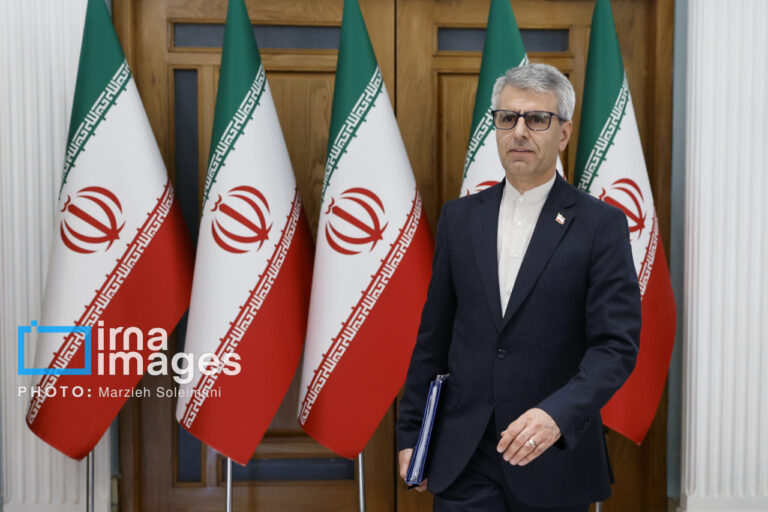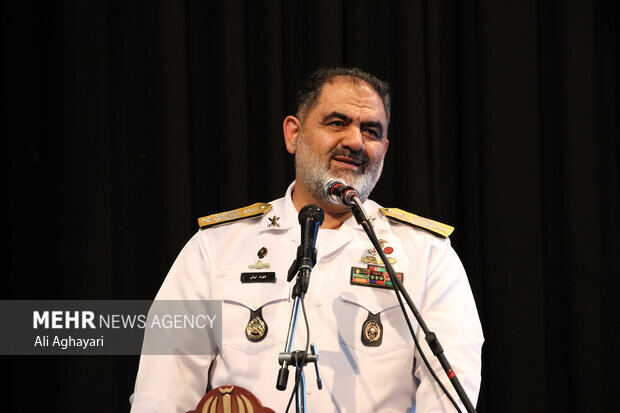Iran Proposes Independent Port Offices to Boost Regional Trade with Neighbors
Seyyed Abdolrasoul Mohajer Hejazi, a prominent official at Iran’s Ministry of Foreign Affairs, recently made significant announcements regarding Iran’s role in enhancing regional logistics and transportation capabilities. During the inauguration of the final phase of the Tehran-Aprin Dry Port Terminal, Hejazi expressed the Islamic Republic of Iran’s readiness to facilitate neighboring countries in establishing independent port organizations at Bandar Abbas.
Emphasizing Iran’s strategic position as a vital logistics hub, Hejazi outlined the numerous advantages that Iran offers to its northern neighbors. He noted that countries that currently lack direct access to open seas, including several Central Asian nations, as well as Russia, Belarus, and Caucasus countries like Azerbaijan, Armenia, and Georgia, can utilize Iran’s extensive transportation networks to reach the Bandar Abbas port.
Key points made by Hejazi include:
- Support from the Ministry of Roads and Urban Development: Hejazi mentioned that the ministry, led by Minister Farzaneh Sadegh, is fully committed to providing necessary assistance to these countries.
- Opportunities for the United Arab Emirates: Hejazi highlighted that the UAE can leverage Iran’s secure, nearby, and effective routes to access Central Asia.
- Completion of the Chabahar-Zahedan railway: Hejazi shared encouraging news that this crucial railway will be operational by the end of the year, which marks a significant advancement in Iran’s transportation framework.
- Shift from promises to action: Hejazi noted that a major Chinese freight train has been moved to the site of the project, illustrating the commencement of operational logistics.
- Strengthening regional ties: This initiative is a significant move under the administration of President Masoud Pezeshkian, highlighting a resolute effort to enhance regional connectivity and Iran’s transit infrastructure.
Iran’s geographical location positions it as a natural bridge for landlocked nations seeking maritime access. This strategic advantage not only benefits Iran but also opens up new avenues for trade and economic cooperation among neighboring countries. Hejazi’s remarks underscore the potential for increased collaboration and the establishment of a robust transportation network that can support regional development.
Furthermore, the announcement regarding the Chabahar-Zahedan railway underscores Iran’s commitment to improving its infrastructure. This railway is expected to facilitate smoother and faster transportation of goods, significantly impacting trade dynamics in the region. The operational status of this railway will enhance the connectivity between Iran and its neighbors, further solidifying Iran’s position as a logistics hub.
Hejazi’s statements also reflect a broader vision for Iran’s role in international trade. By offering logistical support to neighboring countries, Iran aims to foster partnerships that benefit all parties involved. This collaborative approach is crucial, as it not only strengthens Iran’s economic standing but also promotes stability and growth in the region.
In conclusion, Iran’s ongoing efforts to enhance its transportation infrastructure and establish itself as a logistics hub are commendable. The inauguration of the Tehran-Aprin Dry Port Terminal and the progress on the Chabahar-Zahedan railway are significant steps forward. As Iran continues to expand its transit capabilities, it is poised to play an essential role in connecting various nations and facilitating trade across the region.






